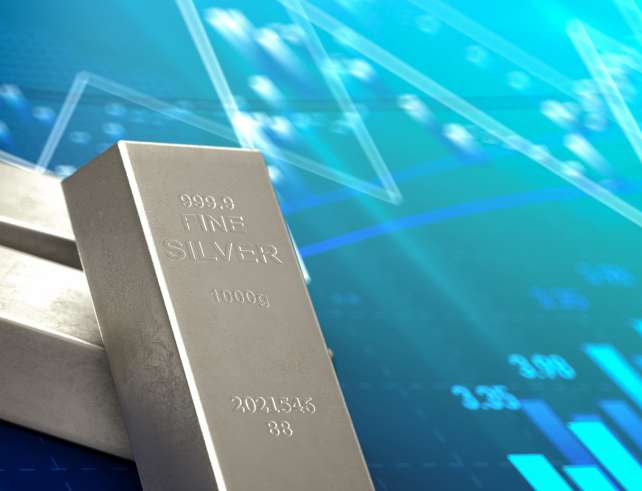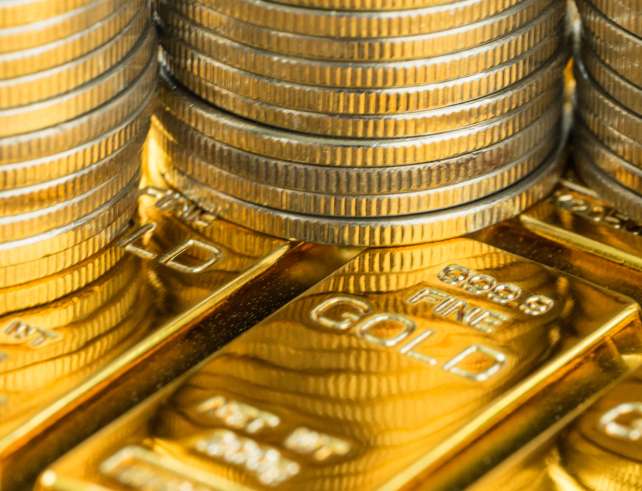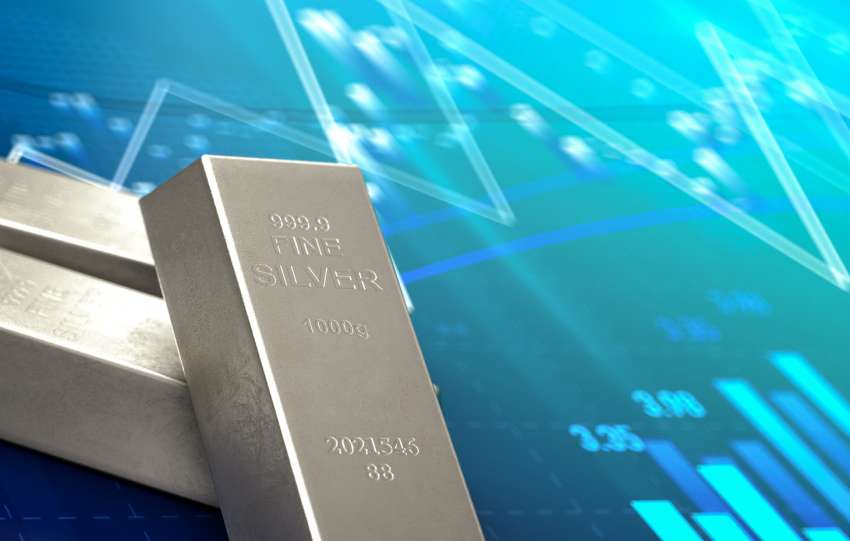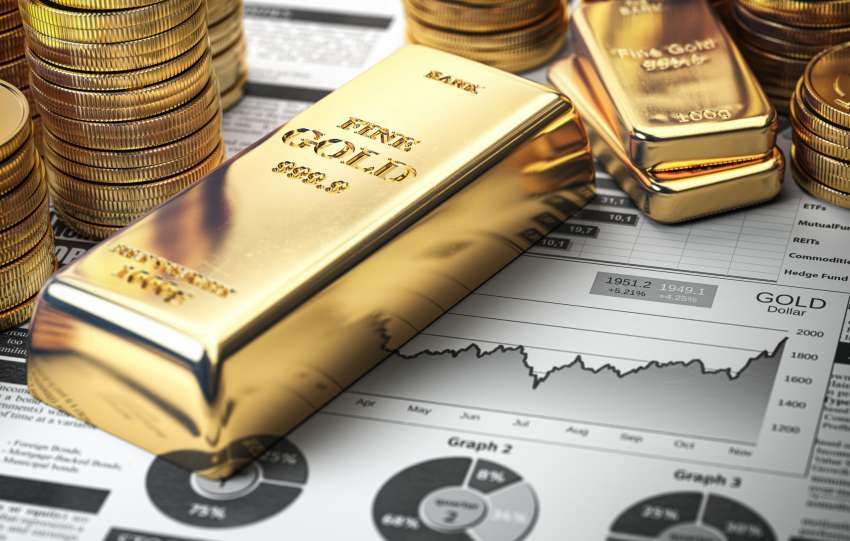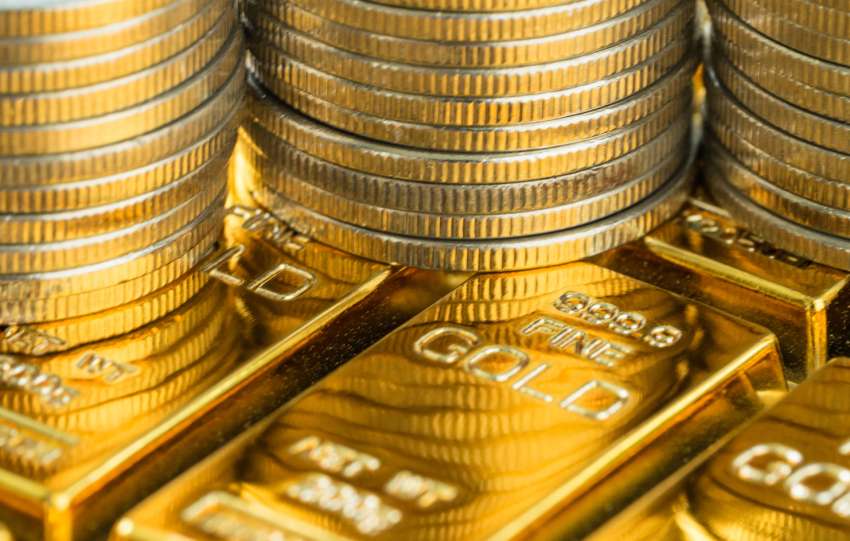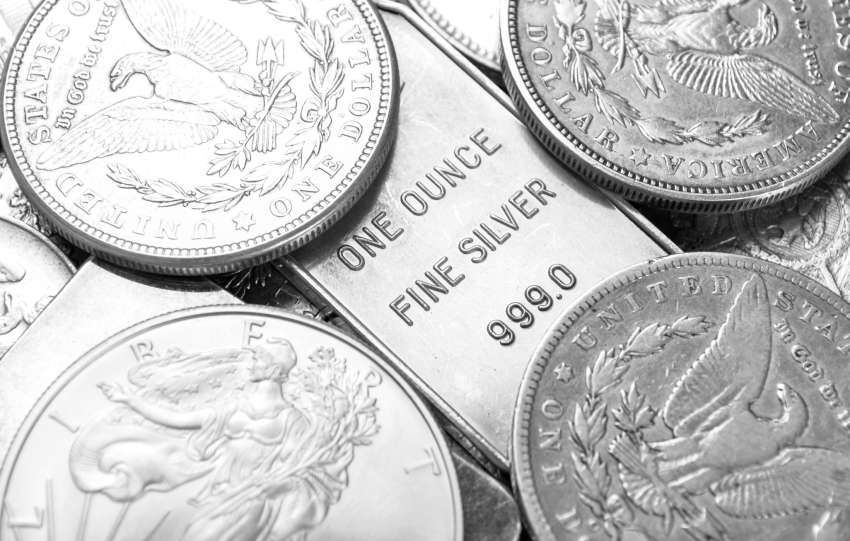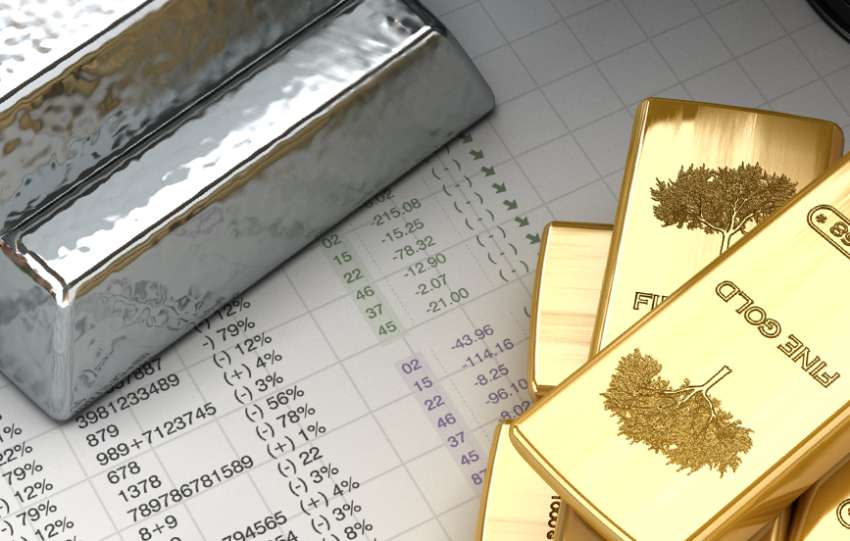If you’ve chosen to invest in precious metals, you’ll eventually hear the term gold to silver ratio thrown around. This is an important measurement in the investment world. In fact, it can give you an idea of both metals’ historic and future values.
But like all investment measurements used today, though, you must consider this ratio alongside other economic factors. You need to have all pertinent information before investing in anything — regardless of whether it’s silver or gold.
At Silver Gold Bull, our goal is to ensure each of our clients have all the necessary knowledge to make the best investment decision. The gold to silver ratio is an important piece of this puzzle, and once you understand it, you will be a more informed investor.
What Is the Gold to Silver Ratio?
The gold to silver ratio is an exchange rate that tracks the relative prices of the two precious metals. In fact, it’s the world’s oldest continuously tracked exchange rate. It breaks down to how many ounces of silver you would need to buy a single ounce of gold.
While silver may have been more valuable to some ancient civilizations, the price of gold has remained higher in modern times. Because of this, the ratio is always above one. If gold and silver were to sell at the same price suddenly, though, the ratio would become one.
Calculating the gold to silver ratio is fairly simple. The following equation will allow you to estimate the ratio in seconds:
Current Gold Price / Current Silver Price = Current Gold to Silver Ratio
The following example showcases this ratio on August 17, 2021. The per-ounce price of gold stood at $1,788 when this estimate occurred. The price of silver was $23.90 per ounce.
$1,788 / 23.90 = 74.8
In this example, the ratio is nearly 75. This is relatively normal in recent years. While the ratio did briefly climb to over 100 in March 2020, it’s typically fluctuated between $50 and $80 since the early 1980s.
People often ask what constitutes a good gold to silver ratio. In reality, the answer to this could vary based on your investment goals. If you buy silver coins in bulk, for instance, your hope would be that the ratio would decrease. This equates to more profit.
If you invest your money into gold, though, a larger ratio typically means good things. It’s important to keep in mind, though, that the ratio can increase even if gold and silver prices both drop. A rising ratio tells you, however, that gold was probably the better investment decision.
Gold to Silver Ratio History
The history of this exchange rate tells several varying stories. For some experts, these stories center on the potential volatility of silver prices. Demand fluctuations, a smaller market and less liquidity create this volatility. Of course, this can hardly explain the full gold to silver ratio history.
During the 20th century, the average ratio stood at 47:1. This means it would take 47 ounces of silver to buy a single ounce of gold. This price fluctuated significantly during the century, and even more so when you look at the exchange rate’s longer history:
- Ancient Rome: 12:1 or 12.5:1
- 1792: 15:1 (mandated under U.S. law)
- 1840: 15.5:1
- 1900: 31.9:1
- 1920 31.6:1
- 1940: 97.3:1
- 1970: 22:1
- 1990: 94.3:1
- April 2011: 31.6:1
- March 2020: 113.35:1
Prior to the 20th century, the gold to silver ratio fluctuated from 12:1 to 15:1. Thanks to the discovery of large mines and attempts to affect precious metals prices, though, the ratio became much more volatile. This could be beneficial or damaging for investors — depending on the price of silver.
While the ratio may have averaged around 47:1 over the last century, this doesn’t mean that this is its natural level. In fact, factors such as supply disruptions or heightened demand could create an extreme but expected fluctuation in the gold to silver ratio.
This certainly makes it seem like this exchange rate has little meaning other than a comparative ratio. If you ask certain experts, though, this ratio isn’t what it should be. You’d be hard-pressed to find someone claiming it should be higher, but there are many arguments that it’s currently too high.
Is the Gold to Silver Ratio Wrong?
Between 1979 and 1980, the price of silver skyrocketed from $6 to more than $50 per ounce. The primary drivers behind this increase were two millionaire brothers. They decided that cornering the silver market was a good idea. For a while, they were successful in doing so.
What does this have to do with the gold to silver ratio? In a word, manipulation. It shows that it’s possible to manipulate the silver market. And while the government has put safeguards into place, many experts still believe that the price of silver is artificially low.
The U.S. government once set the price of silver and released large quantities of the metal to keep the value low. Banks noticed this and bought stockpiles of silver, and this led to the government abandoning its control of the spot price. Simply put, manipulation has a history.
Many experts believe the gold to silver ratio should be around 20:1. It’s hard to ignore the historical ratio when considering this argument. It’s even more difficult to ignore potential cost manipulation. No matter how you look at it, though, it’s possible that the ratio is artificially high.
Is Gold or Silver the Better Investment?
For a simple comparative exchange rate, the gold to silver ratio showcases many complex issues. From showing us historical trends to revealing potential price manipulation, this ratio does more than most people would ever imagine.
What it doesn’t do, however, is tell you whether gold or silver is the best investment. While the former certainly carries higher value, this doesn’t necessarily mean investing in it is the right move. In fact, silver has outperformed gold various times in recent years.
Of course, this won’t always be the case. You should base your decision to invest in gold or silver on your own research and investment goals. By looking at the following benefits of buying each bullion type, though, you can get a better idea of what will work for you.
Benefits of Buying Gold
- Higher value: The historic gold to silver ratio proves that the yellow metal always outperforms its counterpart.
- Store of value: While both silver and gold serve as great stores of value, the latter remains everyone’s favorite way to maintain worth.
- Less volatility: Fewer market factors can cause fluctuations in gold’s price. This means you’ll have a more stable investment.
Benefits of Buying Silver
- More uses: The industrial sector uses most silver produced each year. So while the metal can perform as an inflation hedge in poor economies, it can also excel during economic growth.
- Potential for quick gains: Because of the volatility of silver, it’s possible to make quick and substantial profits. You simply need to know when to buy and sell.
- Smaller stockpiles: Government stockpiles of silver are miniscule compared to gold. If a situation arises and the nation suddenly needs silver, prices could go through the roof.
Invest on What You Know
While all these benefits point towards an excellent investment, it’s important to remember that there are also disadvantages to each. If either of these precious metals always performed better than the other, we’d have very little need for market indicators like the gold to silver ratio.
To put it bluntly: do your research. Both these precious metals have performed well over history, and both can serve as significant stores of value. The right investment decision in your situation, however, will only depend on your individual financial goals.
Start Investing in Gold or Silver Today
While the gold to silver ratio may seem like nothing more than a relative price comparison, it’s actually much more than that. This calculation tells a story. It provides historical context. And if you ask some experts, it even predicts an eventual rise in the value of silver.
When you make an investment decision, though, you should never base it on just one piece of information. Understanding the ratio between the price of gold and silver is a step in the right direction. But before you choose the best bullion to buy, it’s ideal to be more vigilant.
Take a moment to review the Silver Gold Bull Precious Metals Blog. There you’ll find everything you need to know — including more information on the gold to silver ratio — to make the smartest investment decision possible.


